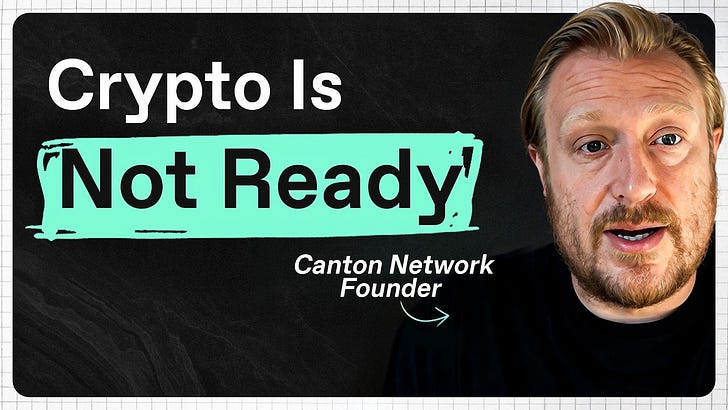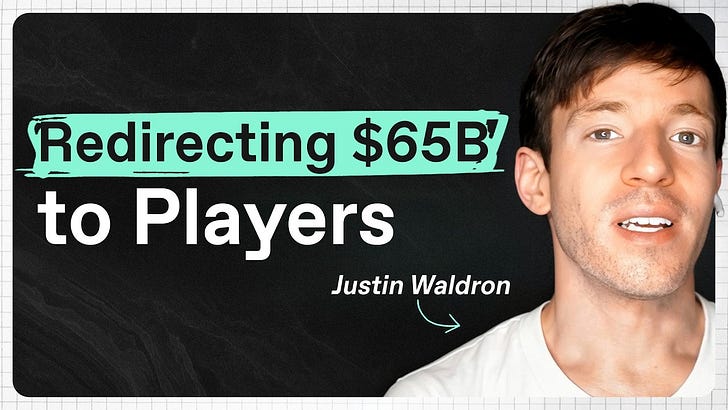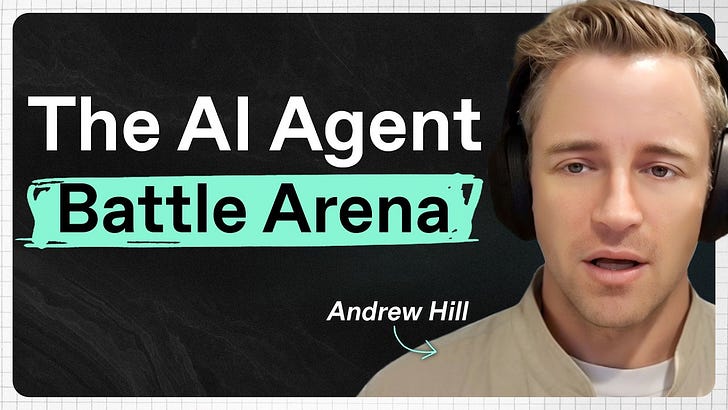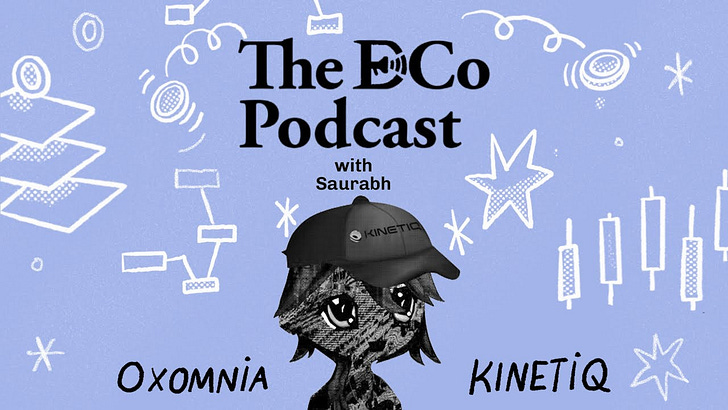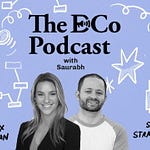Hello,
In the previous episode, we explored how debt can move faster on-chain through refinancing rails, synthetic dollars, and strategies that turn idle loans into active capital. If you are building at this intersection, we would love to help. Please write to us at venture@decentralised.co.
On to the latest episode…
In 2021, Luca bought a failing NFT collection and IP for $2.5 million. Four years later, it is on track to generate $50 million in revenue, having sold over 1.5 million toys across 10,000 Walmart and Target stores globally. It has over 50 billion views on social media.
This interview with Luca is the story of Pudgy Penguins and how they successfully converted attention into revenue. Joel discussed this evolution in his recent essay. What happens when you give rails to culture? What happens when you cleverly tokenise culture and sprinkle speculation to align community incentives? You get a world that’s harnessed in three steps.
First, build the ecosystem. Luca inherited a community and nurtured it. For most Web3 brands, attention is the product. Before chasing virality, the team built the world. The foundation was design and story.
Secondly, engineer the attention. All the content, IP, and lore were optimised to generate attention. It’s something that Jimmy Donaldson, aka Mr. Beast, has said multiple times. They broke down meme formats. They tracked sentiment. In Luca’s words: “You can’t wait for attention. You engineer it. You optimise for it.”
Thirdly, and perhaps most importantly, monetise. This is where most of crypto fails. Roughly 80% of Pudgy’s revenue comes from licensing.
Pudgy has over 45 active licensing agreements, each with minimum guarantees and revenue share. That means predictable cash flow, to an extent. For holders, if your NFT is used in a licensed product, you may potentially earn from it.
For me, what stands out in the interview is that Luca doesn’t dismiss the financial or speculative side of Web3. His philosophy is fully aligned with what we at DCo often stress: tokens are products. I will leave you with Apple’s example that Luca shared. They treat the stock as a product and have bought back over $700 billion worth of Apple stock over the years.
Learning about the trust layer for AI agents,
Saurabh Deshpande





